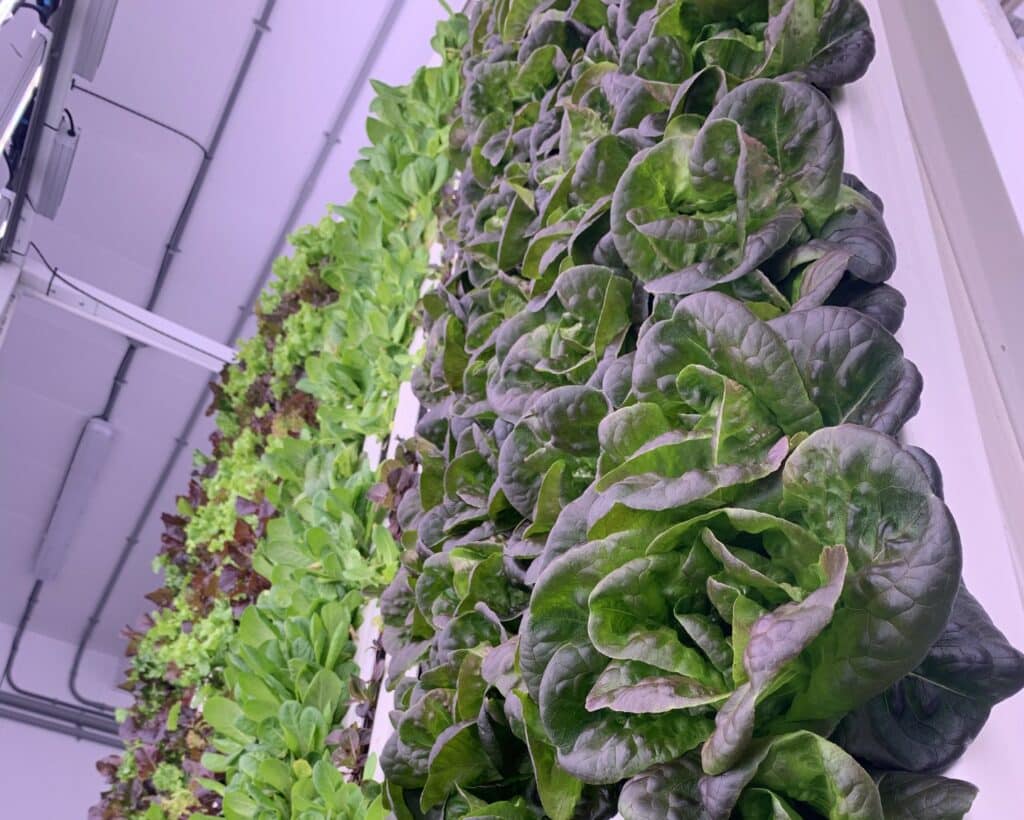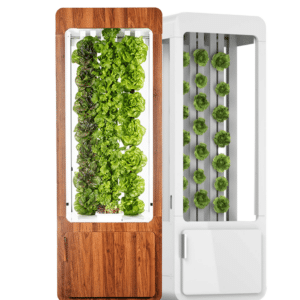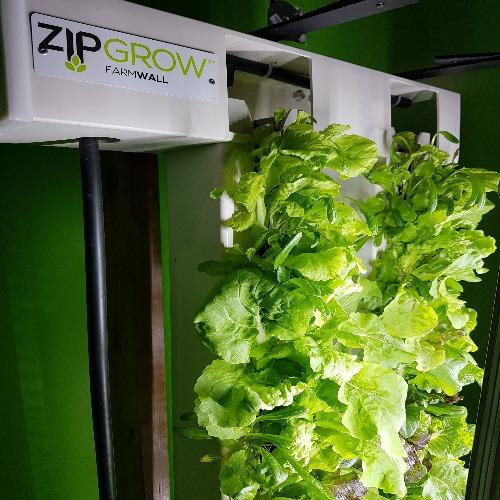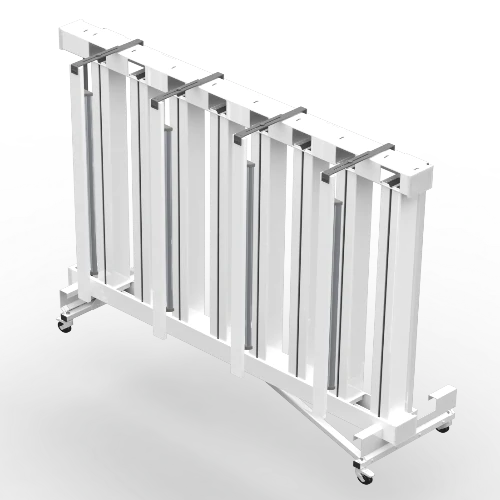What is a pilot farm?
A pilot vertical farm is a small-scale version of your future farm that enables you to apply your research, make mistakes, and play around without the higher risk of jumping straight into a full commercial business.
In this blog, we’ll talk about why you should start a test system, what you’ll learn in the process, and the best way to get started today.
Ready, set…go slow!
If you’re reading this blog, then you’ve likely been toying with the idea of starting a controlled environment agriculture (CEA) business or non-profit for food security. Scrolling through the media, you will see success stories and many documenting failures and closures.
Despite the passion and best efforts to make change for good, we have seen many entrepreneurs and founders fail in this sector for these three main reasons.
-
- They didn’t assess their market
- They tried to finance too large of a project before they had any hydroponic growing experience.
- And they didn’t understand how to optimize crop growth within their indoor space.
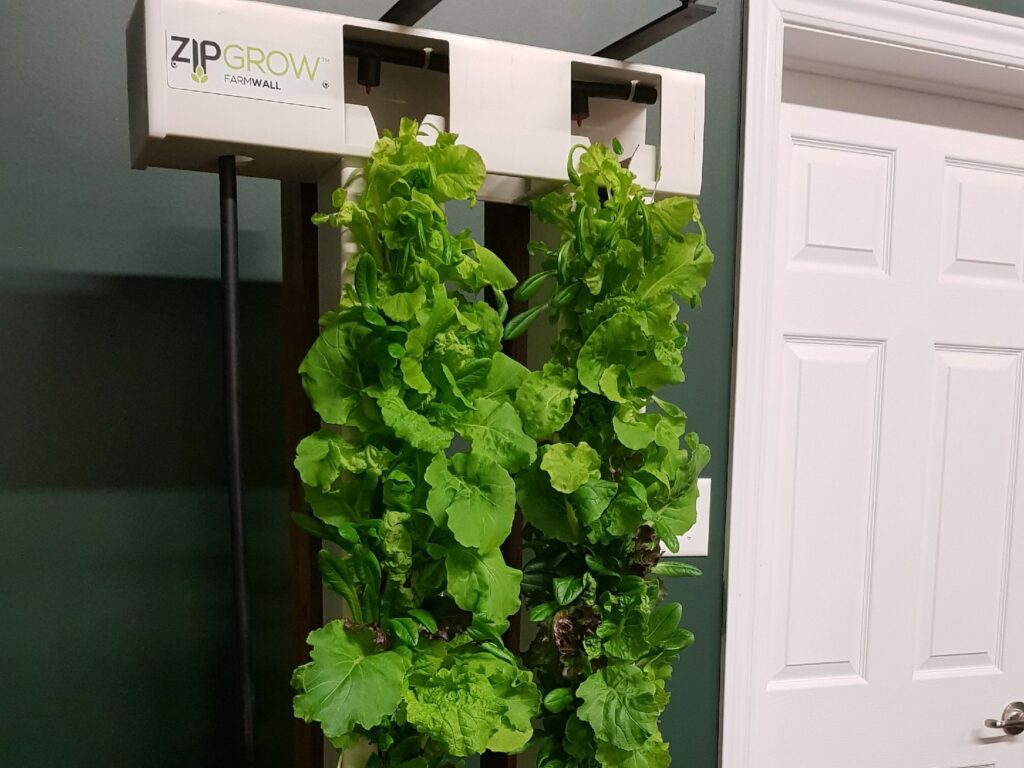
Two-Tower Farm Wall™)
A pilot system is a low-cost way to help you to address these challenges before launching your business.
At the core of all of our systems is the ZipGrow Tower; only the housing and the scale change. So think of this as learning with “training wheels’, and then scale up when you are ready to get serious about growing fresh food fast and in full production.
Five reasons you need a test vertical farm
Gathering knowledge is only half the battle. You learn the most valuable lessons by applying that knowledge in tangible, practical ways.
Workshops, courses, blog posts, ebooks, and videos provide a wealth of information. They are crucial for future farmers to use, but at the end of the day, it’s the practical application of what you learn that counts.
This is why farmers choose to start growing with a test system; our most successful ZipGrow farmers began with one. It’s one of the best things you could do for the success of your farm.





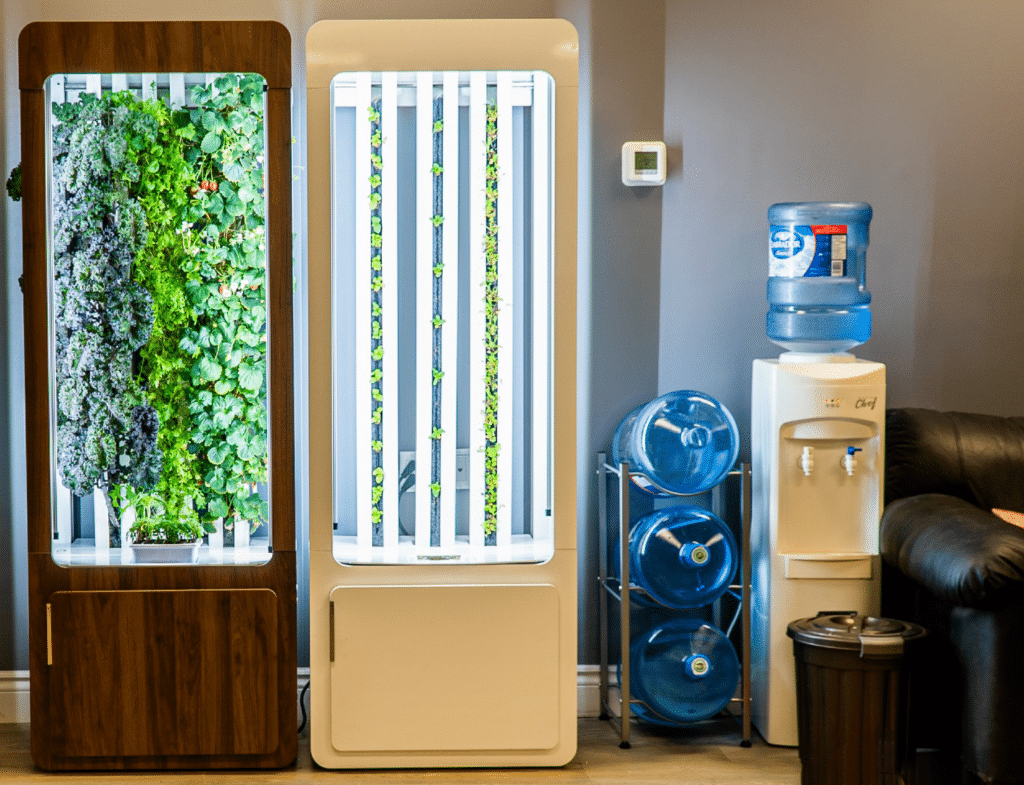
How to start a pilot farm using ZipGrow™ hydroponic Towers
Starting a pilot vertical farm system is simple, affordable, and only requires a small footprint.
ZipGrow Inc. now has three solutions at various price points that are turnkey hydroponic systems using the same space-smart technology as commercial vertical farms. You can set these up in a home, garage, or existing workspace.
Economy
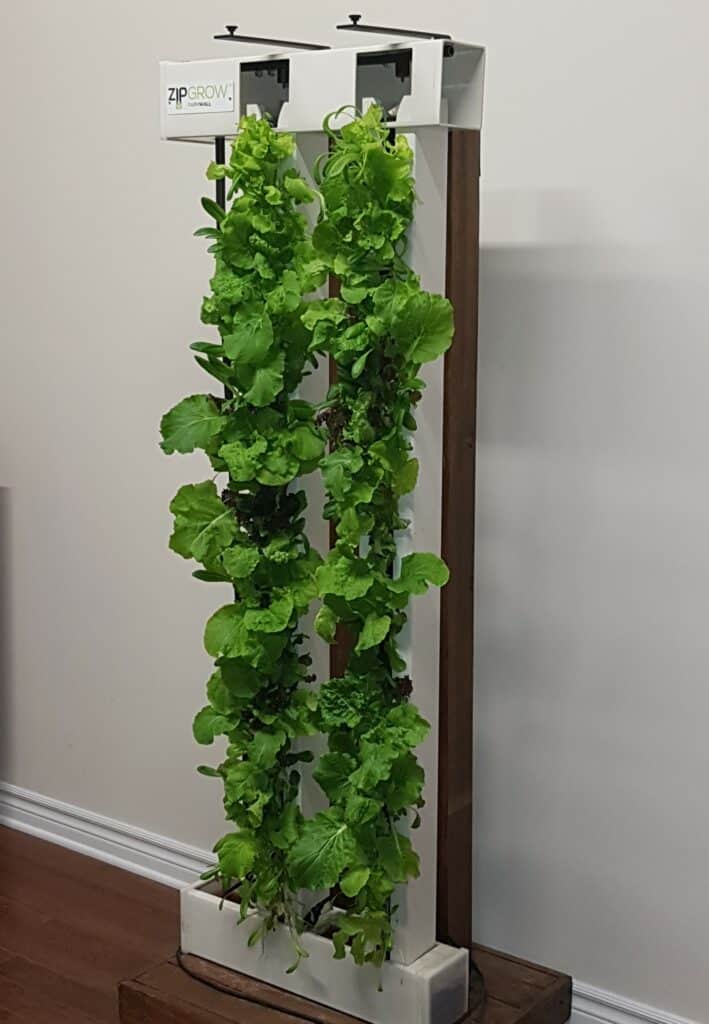
With 2, 4, and 8-Tower options, the wall-mounted Farm Wall™ gives you the flexibility to get your feet wet with vertical farming no matter how much space you have available.
Aesthetic
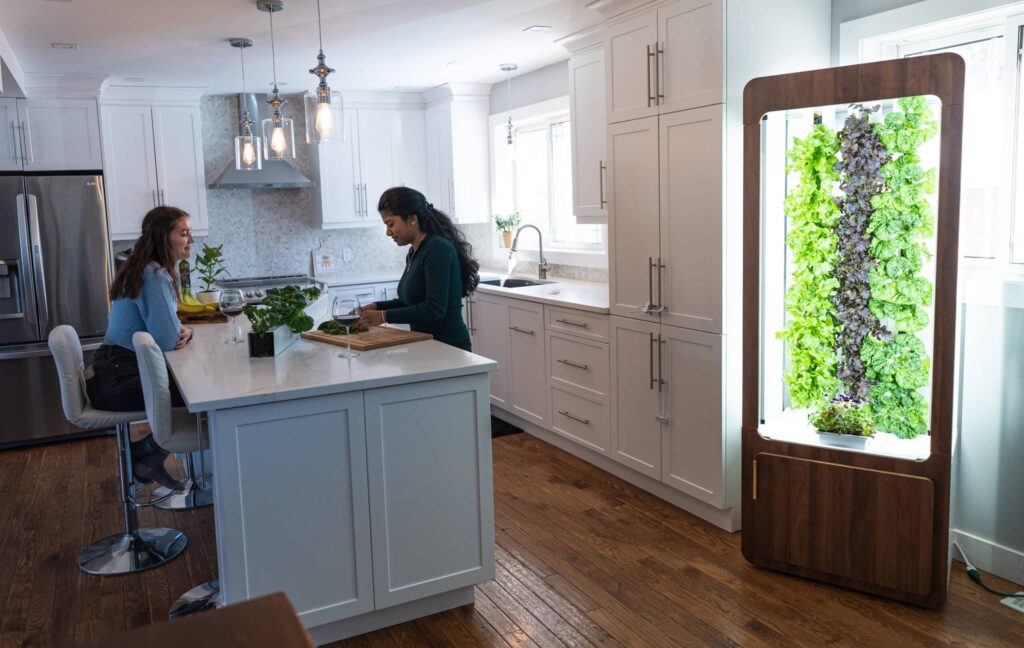
We designed the ZipGarden™ for homes and offices; however, its smaller footprint and free-standing structure make it an ideal pilot system that can be placed anywhere.
Mobile and highly productive
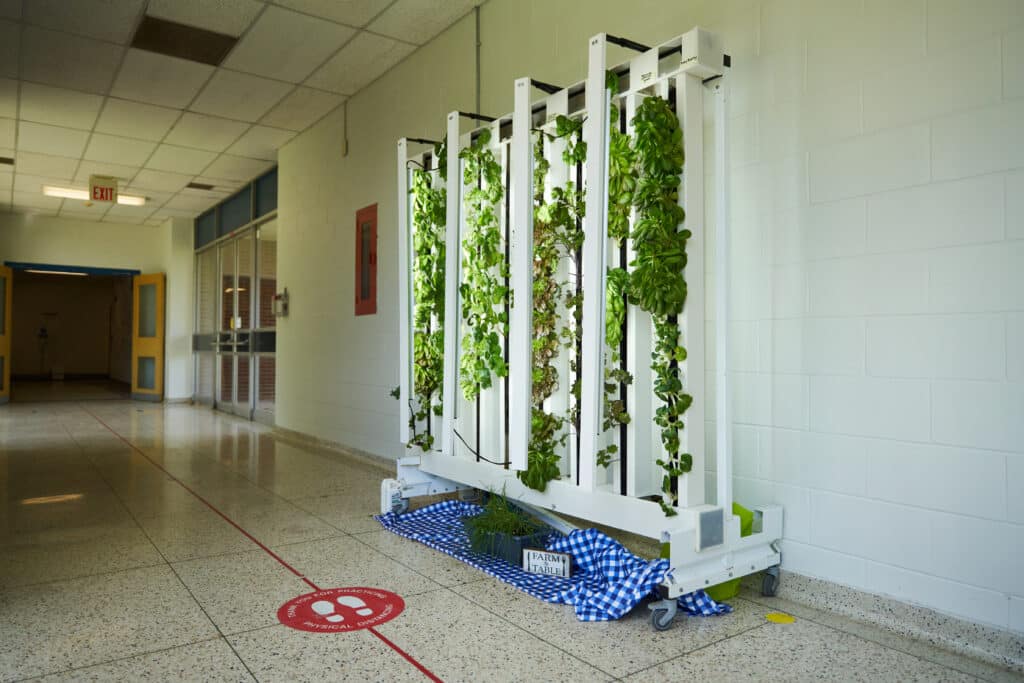
The Education Rack is mounted to its own modular rolling frame that fits through a standard door frame. You can plant up to 16 Towers; it’s our largest and most productive test system.
All systems have all necessary plumbing and pumps, LED grow lights (optional on FarmWall), hydroponic ZipGrow™ Towers, and assembly instructions.
Things you’ll learn when launching a pilot farm
One of the biggest reasons to start a pilot system is to learn by doing.
Regardless of what technique you choose, you’ll want to learn about the following:
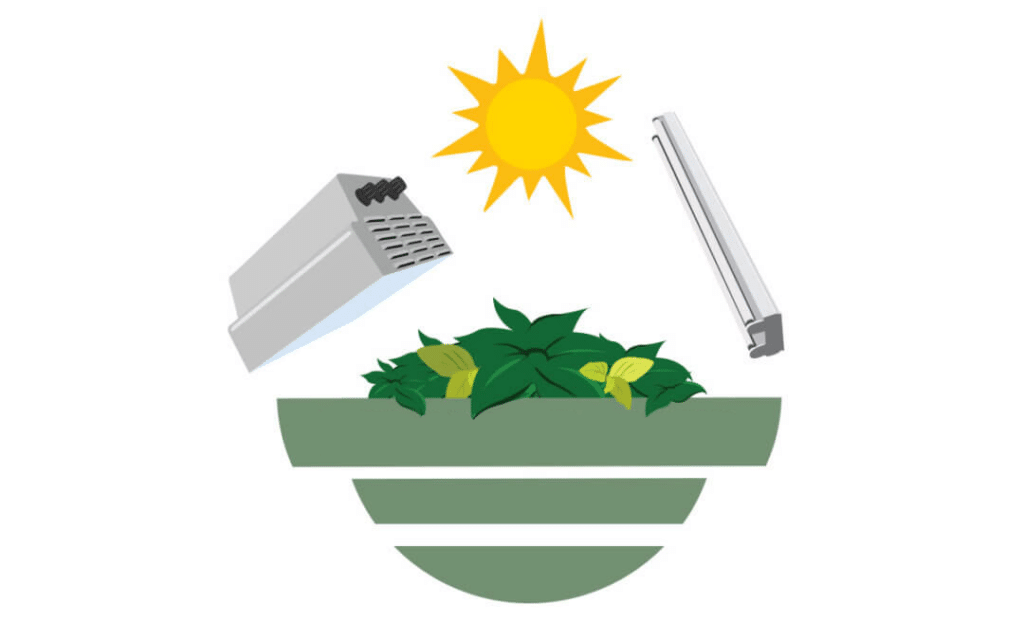
System operation
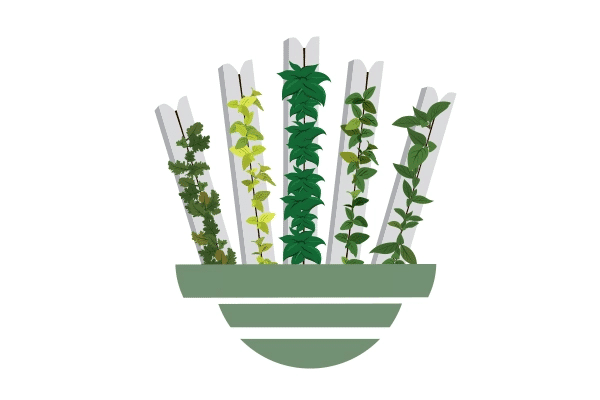
Plant production
e.g., diagnosing deficiencies, pH, EC, dosing, monitoring, etc.

Crop
selection
Crop selection
e.g., what crops does your market want?

Crop scheduling
e.g., learning the cycles of your chosen crops.

Pest and disease management

Troubleshooting
e.g., how to recover from mistakes
Our free blogs and YouTube videos cover all of these essential topics. For more in-depth courses, we recommend you use the lessons in UpStart University in conjunction with trialing crops.
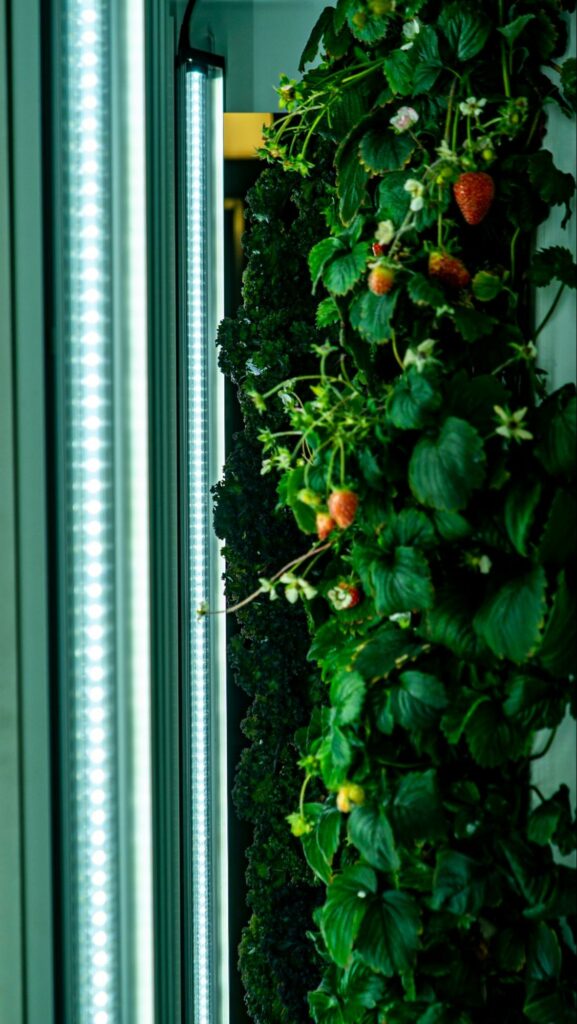
The proof is in the pilot!
It’s while you are piloting a system we suggest you start your business plan.
You may already have a grasp on who you will be selling to or growing for, but are they a viable market, and what will you grow?
A pilot system will allow you to demonstrate the quality of your produce to any future customers during your market research phase. Bringing actual samples to prospective customers will get you more business than a sales pitch ever could!
Here are some Zipgrow farmers that started with a pilot system.

Davis Breedlove, the co-founder of The Farm & Market in Denver, Colorado, invested in a two-tower 5ft Farm Wall™ system from ZipGrow Inc. and had immediate success growing fresh leafy greens in his garage.
“My wife went crazy over the lettuce. I thought, wow, if I can produce something of this quality that lasts for so long, how could I share it with others?”

Zack Wilson, the founder of Future Fresh Hydro, used an 8-Tower Farm Wall to pilot his project. He now operates a small indoor farming business that provides fresh food to the community of Sterling, Virginia.
“I wanted to see with my own eyes how it all worked. Hands-on learning works best for me.”
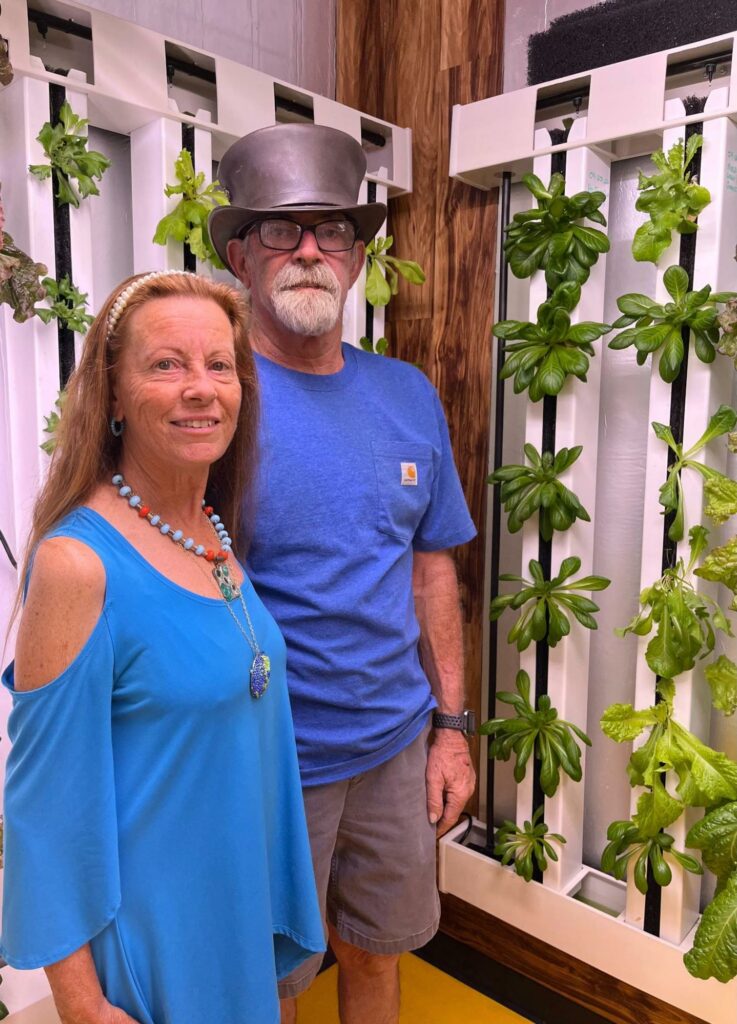
Debbie & Tim Spinks in Lake Havasu, Arizona, researched various designs and technologies for hydroponic systems. After some trial and error, they discovered ZipGrow Towers. What started as a home hobby with two 4-Tower Farm Walls quickly transcended into a fully-fledged local business Moringa Havasu. They continued to scale with more Farm Wall systems to grow for profit all year round from their repurposed container farm.
“We found that the two Farm Walls grew a massive amount of produce. One wall could grow more than the average family could eat in a week.”- Tim Spinks

